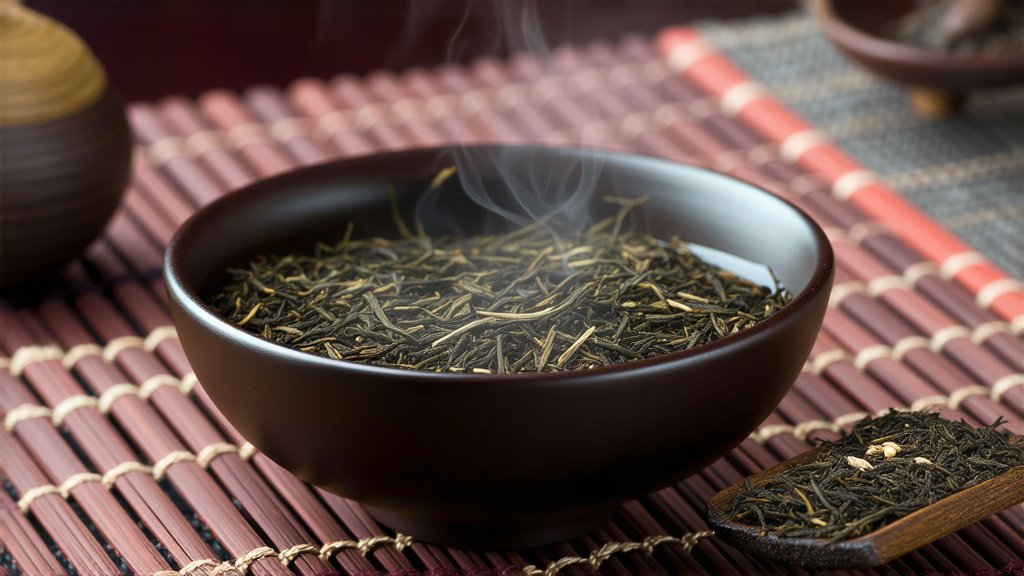
Pu-erh tea, a distinctive variety of dark tea originating from Yunnan Province in China, holds a revered place in the world of tea. This unique tea is celebrated for its rich history, intricate production process, and evolving flavor profile that improves with age. In this exploration, we delve into the fascinating world of Pu-erh tea, uncovering its historical roots, diverse types, meticulous manufacturing techniques, and the art of its appreciation.
Historical Background
Pu-erh tea's history stretches back over a thousand years, with its cultivation and consumption deeply embedded in Chinese culture. Initially produced as a compressed tea cake for easy transport along the ancient Tea Horse Road that connected Yunnan with Tibet, Pu-erh tea was not only a beverage but also a vital commodity for trade. The tea gained prominence during the Tang Dynasty and has since evolved into various forms, each with its own unique aging process and flavor characteristics.
Types of Pu-erh Tea
Pu-erh tea is primarily categorized into two main types: raw (Sheng) and ripe (Shou). Raw Pu-erh undergoes natural fermentation over time, allowing its flavors to mature gradually. This type is prized for its potential to develop complex taste profiles with age. On the other hand, Ripe Pu-erh undergoes a controlled fermentation process called 'wet piling,' which accelerates the aging process, resulting in a mellower and more earthy flavor profile that can be enjoyed sooner after production.
The Art of Production
The journey of Pu-erh tea from leaf to cup is an intricate process that involves several key steps. It begins with the careful selection of high-quality leaves, typically from ancient tea trees known as "Gushu," which contribute to the tea's depth and complexity. The leaves are then sun-dried and sorted before being steamed and compressed into various shapes such as cakes, bricks, or tuochas (nestled shapes). For raw Pu-erh, the tea is then left to age naturally in controlled environments, while ripe Pu-erh undergoes the wet piling process, where piles of tea leaves are kept moist and warm to encourage microbial activity, expediting the fermentation process.
Aging and Flavor Development
One of the most intriguing aspects of Pu-erh tea is its ability to transform over time. As it ages, the tea undergoes chemical changes that enhance its flavor, aroma, and texture. Raw Pu-erh may start with astringent and vegetal notes but can develop into a smooth, mellow brew with hints of dried fruits, spices, and even floral undertones. Ripe Pu-erh, on the other hand, tends to exhibit earthy, woody flavors with a velvety mouthfeel, often described as "earthy sweetness." The aging process not only refines these flavors but also imparts a sense of depth and character to the tea.
Appreciating Pu-erh Tea
To fully appreciate Pu-erh tea, one must engage in the ritualistic practice of Gongfu Cha, a traditional Chinese tea ceremony that emphasizes precision, mindfulness, and respect for the tea. The ceremony involves using specialized equipment such as a Yixing clay teapot and small tasting cups. The steps include warming the teapot and cups, rinsing the tea leaves briefly with hot water to awaken their flavors, followed by multiple short steepings to extract different layers of taste. Each infusion reveals new dimensions of the tea's complexity, making it a meditative experience that connects the drinker with centuries-old traditions.
In conclusion, Pu-erh tea is more than just a beverage; it embodies a rich cultural heritage and a profound understanding of nature's aging process. Its history, diverse varieties, elaborate production methods, and the art of its consumption make it a captivating subject for tea enthusiasts worldwide. Whether you're drawn to the promise of a raw Pu-erh aging gracefully in your collection or the immediate comfort of a well-aged ripe Pu-erh, exploring this dark tea opens doors to a world of sensory delights and historical intrigue.